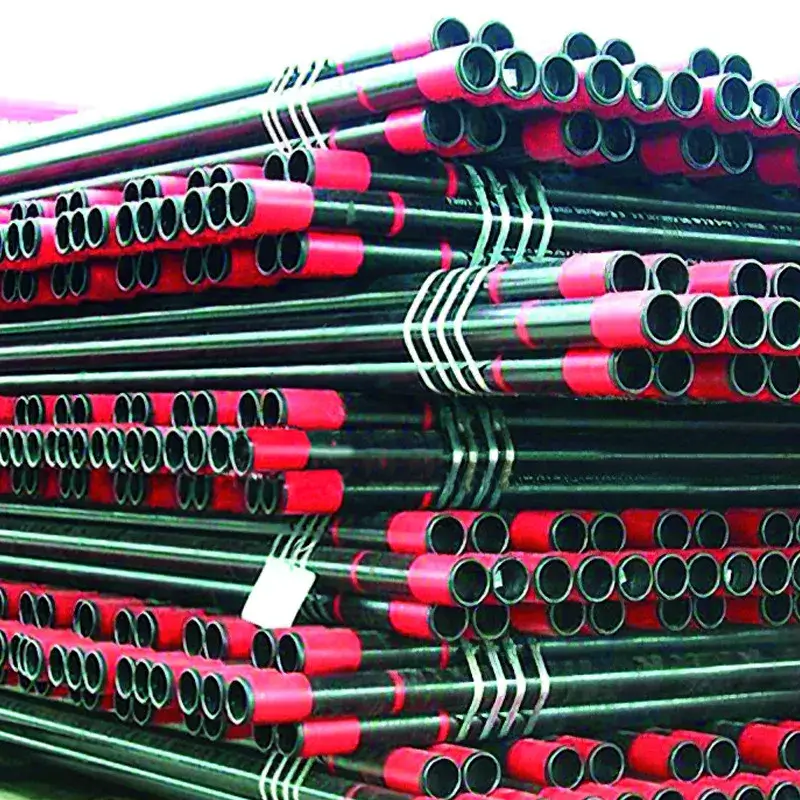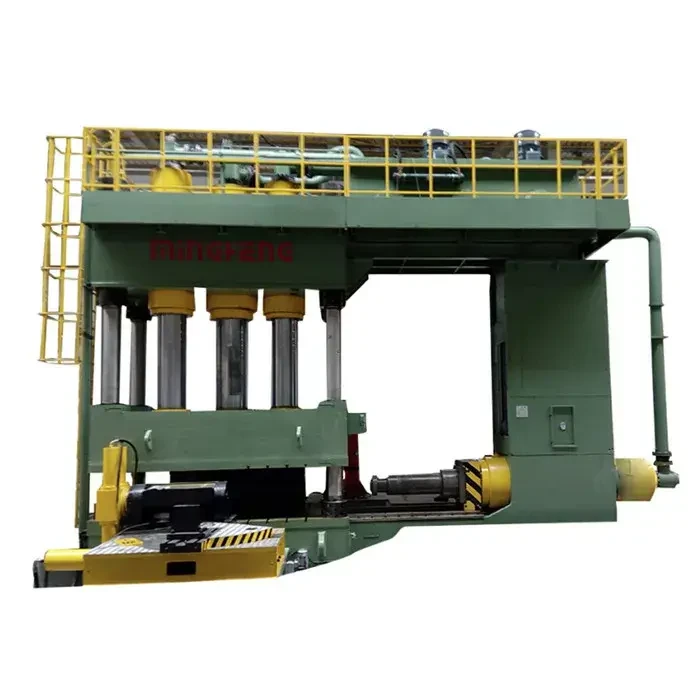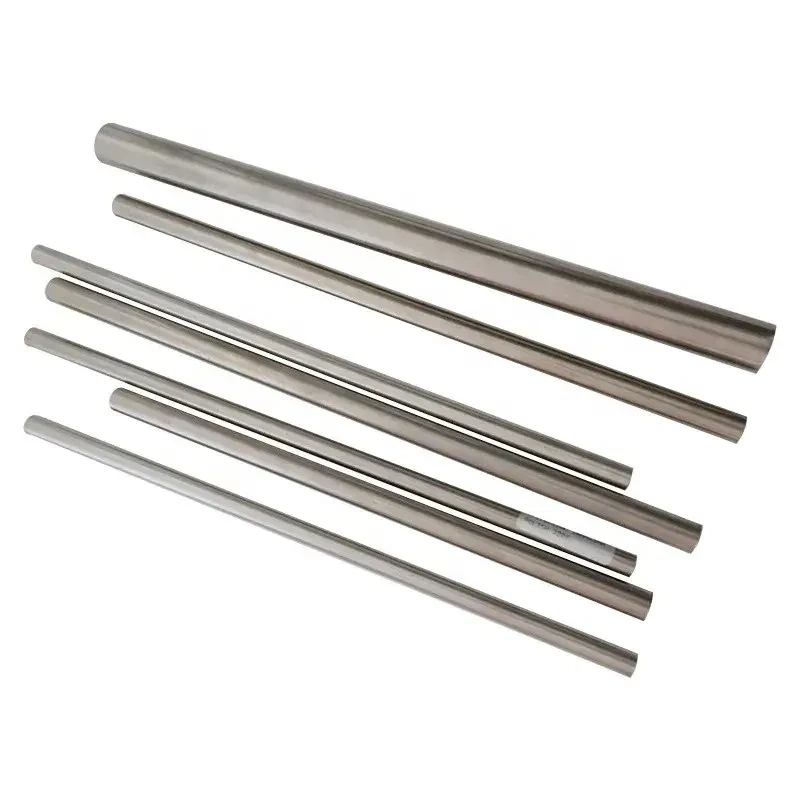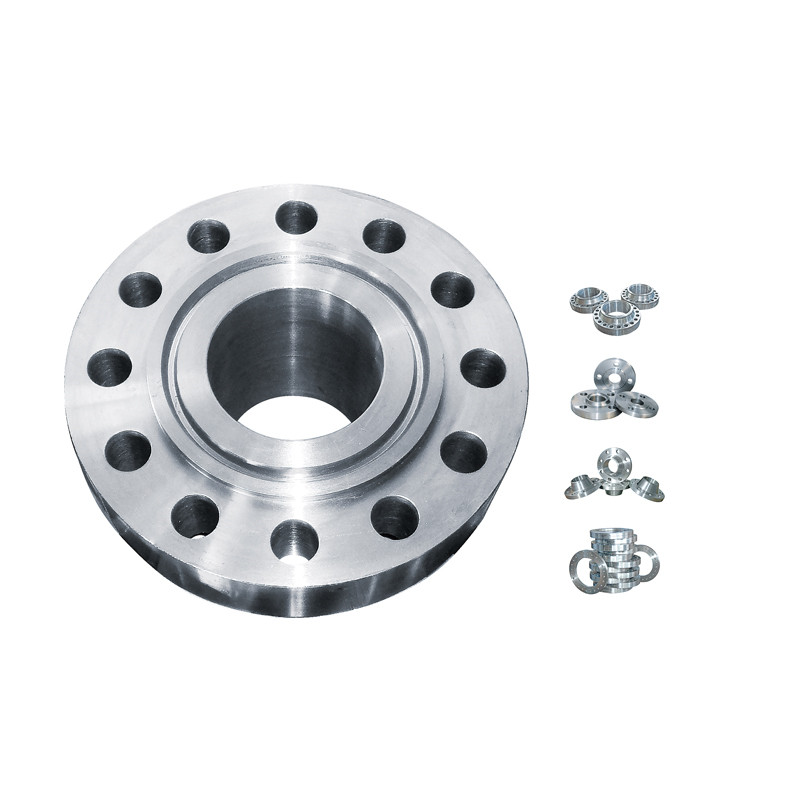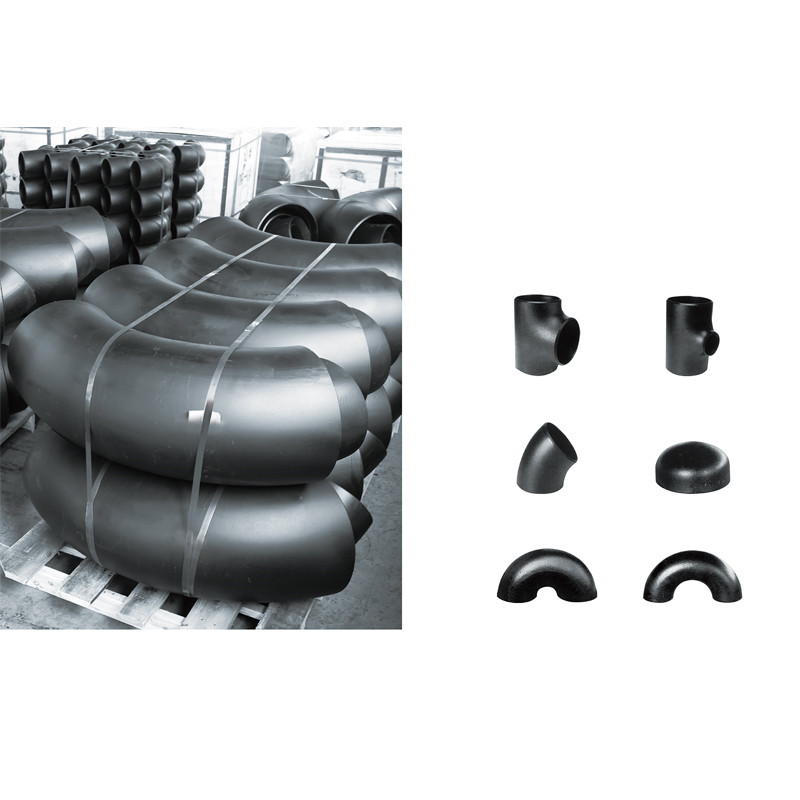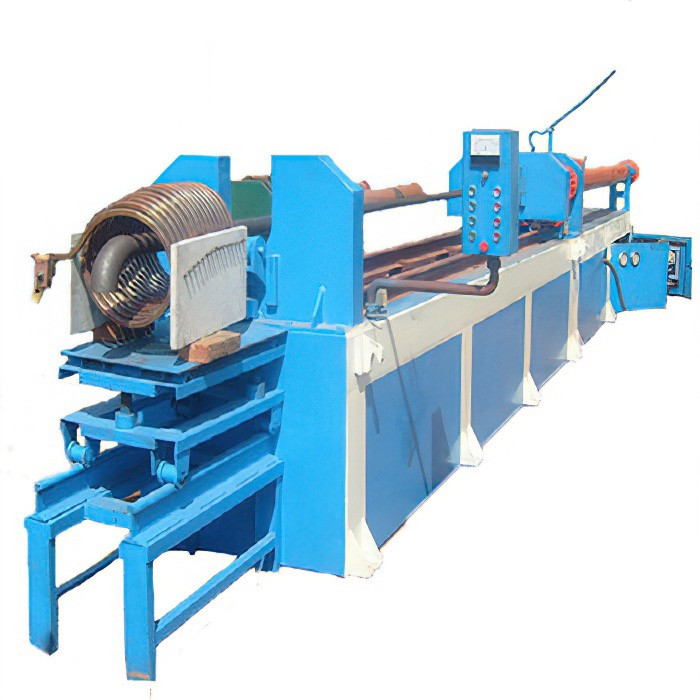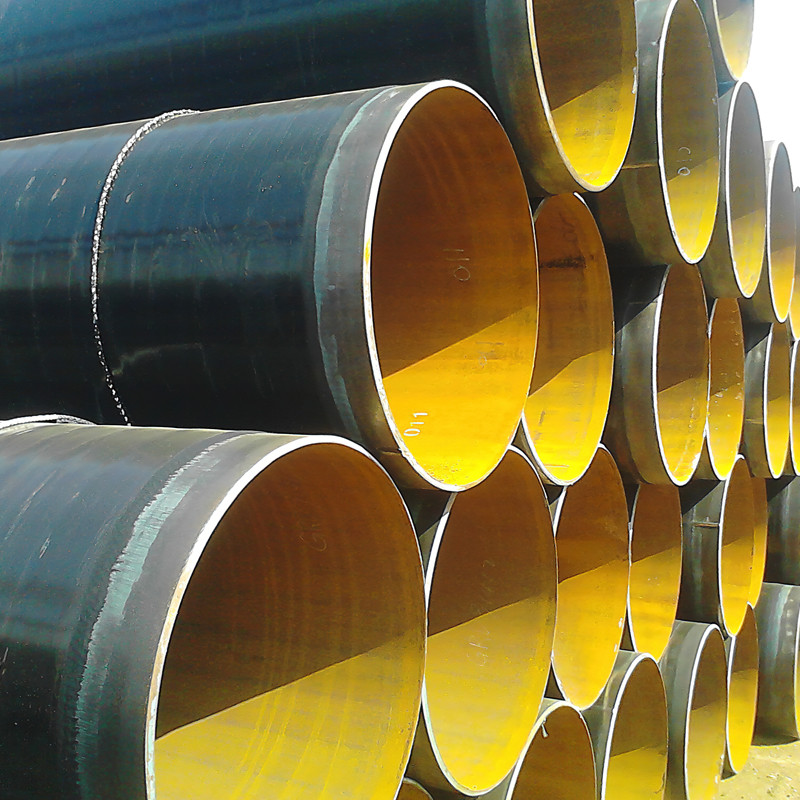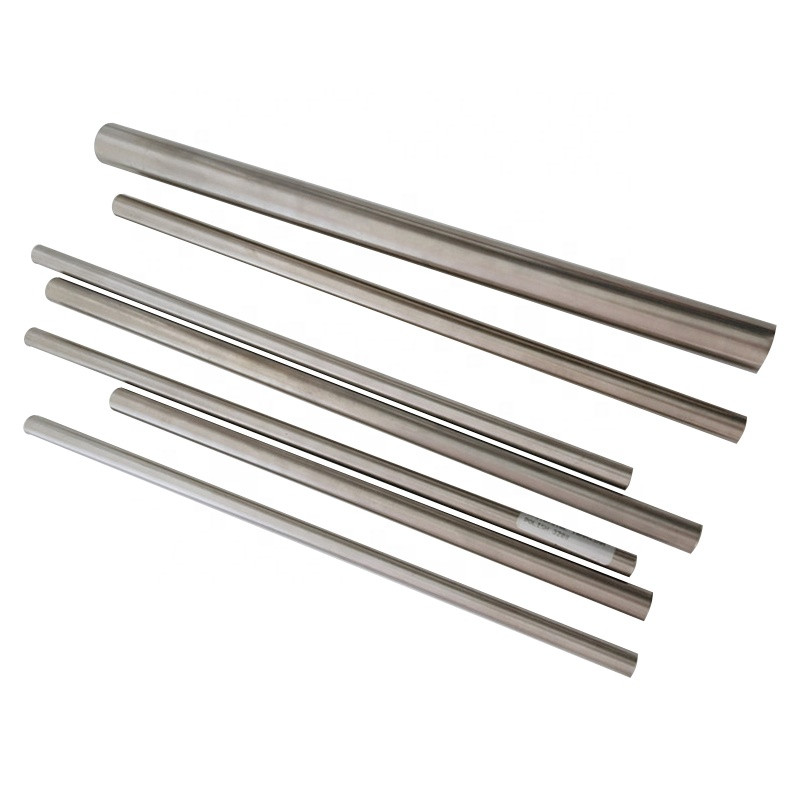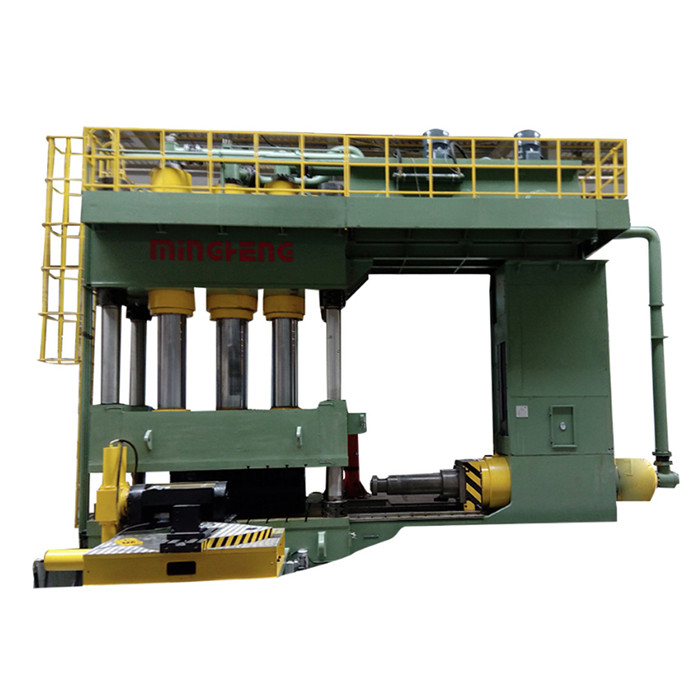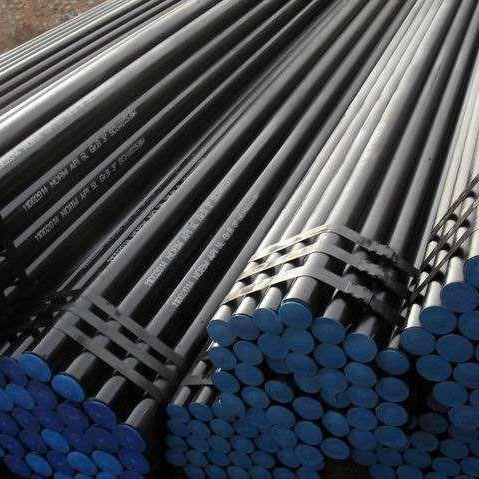Introduction to Cryogenic Piping Solutions
In critical industrial applications, especially those involving extremely cold temperatures, the integrity and performance of piping systems are paramount. The material selection for such environments is crucial, demanding alloys that maintain ductility and strength without succumbing to brittle fracture. This is where low temperature steel pipe plays a pivotal role, offering unparalleled reliability in cryogenic conditions. These specialized pipes are engineered to withstand temperatures far below freezing, ensuring safe and efficient operation across diverse sectors.
Our focus today is on the technical intricacies, application benefits, and strategic importance of advanced low-temperature piping solutions, specifically including grades such as Gr.6, Gr.3, A333, and A334, which are foundational for many critical infrastructure projects. We will delve into their manufacturing, specifications, and real-world impact.
Industry Trends in Cryogenic Applications
The global demand for energy, particularly liquefied natural gas (LNG), industrial gases like oxygen, nitrogen, and argon, and the growing interest in hydrogen as a clean fuel, is driving significant expansion in cryogenic infrastructure. This surge directly impacts the market for materials capable of performing under extreme cold. Key trends include:
- Increasing LNG Capacity: New liquefaction and regasification terminals, alongside expanded shipping fleets, necessitate robust low temperature steel pipe and low temperature pipe fittings designed for temperatures as low as -162°C (-260°F).
- Hydrogen Economy: The emerging hydrogen supply chain, particularly for liquid hydrogen (LH2) at -253°C (-423°F), requires even more advanced materials and stringent design principles, pushing the boundaries of existing technologies.
- Enhanced Safety and Efficiency: There's a continuous drive for materials offering superior corrosion resistance and improved thermal efficiency to reduce operational costs and enhance safety in potentially hazardous environments.
- Sustainable Manufacturing: A growing emphasis on environmentally friendly production processes and the recyclability of materials is influencing material selection and manufacturing techniques for low temperature carbon steel pipe.
These trends highlight the critical need for reliable, high-performance materials like those specified by ASTM A333 and A334, ensuring operational longevity and safety in a rapidly evolving industrial landscape.
Understanding Low Temperature Steel Pipe: Materials and Manufacturing Process
Product Overview: Gr.6 Gr.3 A333 A334 Low Temperature Carbon Steel Pipe
Our range of low-temperature carbon steel pipes, specifically Gr.6, Gr.3, A333, and A334, is designed to meet the rigorous demands of cryogenic service. These materials are characterized by their excellent toughness and resistance to brittle fracture at sub-zero temperatures, crucial properties for applications handling liquefied gases and other cold fluids.
Detailed Process Flow: Manufacturing of Low Temperature Steel Pipe
The manufacturing of specialized low-temperature carbon steel pipe involves a series of meticulously controlled steps to ensure the final product meets stringent mechanical properties, especially impact toughness at low temperatures.
- Material Selection and Preparation:
High-quality raw materials, primarily carbon steel with controlled additions of manganese, nickel, and other elements, are selected. For ASTM A333 Gr.6, for instance, a specific chemical composition ensures its low-temperature performance. The billets or ingots are prepared for subsequent processing, often involving casting to form initial shapes.
- Tube Formation (Seamless or Welded):
- Seamless Pipes: Ingots are typically pierced and then hot-rolled over a mandrel to create seamless tubes. This is followed by cold drawing to achieve precise dimensions and improved surface finish.
- Welded Pipes: Steel plates are formed into cylindrical shapes and then welded longitudinally (e.g., ERW, SAW methods). For low-temperature service, advanced welding techniques and filler materials are critical to ensure weld integrity.
- Heat Treatment:
This is a critical stage for low-temperature steel. Pipes are subjected to specific heat treatments, typically normalization (heating to a suitable temperature and air cooling), or quenching and tempering (rapid cooling followed by reheating to a lower temperature). These processes refine the grain structure, reduce residual stresses, and enhance toughness, making the steel suitable for cryogenic applications. For a334, specific heat treatment requirements are mandated to meet impact property criteria.
- Sizing and Finishing:
Pipes are cut to specified lengths, straightened, and their ends are often beveled for welding during installation. Surface treatments such as cleaning and protective coatings may also be applied.
- Non-Destructive Testing (NDT):
Each pipe undergoes comprehensive NDT, including ultrasonic testing (UT), eddy current testing (ECT), and magnetic particle inspection (MPI), to detect any internal or surface flaws. This ensures the structural integrity of the low temperature steel pipe.
- Hydrostatic Testing:
Pipes are subjected to high internal pressure to verify leak tightness and overall strength, confirming their ability to withstand operational pressures.
- Mechanical Testing and Impact Testing:
Samples from each batch undergo tensile tests to confirm yield and ultimate strength, and elongation. Crucially, Charpy V-notch impact tests are performed at specified low temperatures (e.g., -45°C for A333 Gr.6, -101°C for A333 Gr.3) to verify the material's toughness and resistance to brittle fracture under cryogenic conditions.
- Final Inspection and Certification:
A final visual and dimensional inspection is conducted. Pipes are then marked and certified according to relevant standards (e.g., ASTM A333, A334, ISO 9001 quality management). Our products meet strict quality standards, ensuring a long service life in demanding environments like petrochemical and metallurgy.
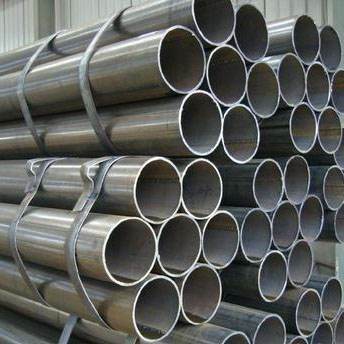
Precision manufacturing ensures the integrity of low temperature steel pipe for critical applications.
Technical Specifications and Performance Parameters
The selection of low temperature steel pipe hinges on precise technical specifications that dictate its suitability for specific cryogenic environments. Key standards include ASTM A333 for seamless and welded carbon and alloy steel pipe for low-temperature service, and ASTM A334 for seamless and welded carbon and alloy steel tubes for low-temperature service.
Typical Chemical Composition (Weight %)
| Element | ASTM A333 Grade 6 (Max.) | ASTM A334 Grade 3 (Max.) |
|---|---|---|
| Carbon (C) | 0.30 | 0.19 |
| Manganese (Mn) | 0.29-1.06 | 0.50-1.35 |
| Phosphorus (P) | 0.025 | 0.025 |
| Sulfur (S) | 0.025 | 0.025 |
| Silicon (Si) | 0.10-0.35 | 0.10-0.35 |
| Nickel (Ni) | - | 3.18-3.82 |
Mechanical Properties and Impact Test Requirements
| Property | ASTM A333 Grade 6 | ASTM A334 Grade 3 |
|---|---|---|
| Tensile Strength, min (ksi [MPa]) | 60 [415] | 75 [515] |
| Yield Strength, min (ksi [MPa]) | 35 [240] | 45 [310] |
| Elongation in 2 in. or 50 mm, min (%) | 30 | 25 |
| Minimum Impact Test Temperature (°C [°F]) | -45 [-50] | -101 [-150] |
| Minimum Average Impact Value (ft-lb [J]) | 13 [18] (for 10x10mm specimen) | 15 [20] (for 10x10mm specimen) |
These detailed specifications underscore the strict metallurgical control and testing required for materials like carbon steel low temperature pipe to ensure their safe operation in cryogenic service.
Key Technical Advantages of Low Temperature Steel Pipe
The inherent properties of specialized low-temperature steels offer distinct advantages essential for demanding industrial environments:
- Superior Cryogenic Toughness: Engineered to resist brittle fracture at extremely low temperatures, critical for safety in systems handling liquefied gases.
- Corrosion Resistance: While carbon steel is generally susceptible to corrosion, specialized coatings and proper material selection ensure enhanced resistance in specific cryogenic environments where moisture and other corrosive agents might be present during warm-up cycles.
- High Strength and Durability: Maintains excellent mechanical properties, including tensile and yield strength, even under sustained low temperatures, contributing to a significantly longer service life and reduced maintenance.
- Energy Saving: In applications requiring temperature maintenance, the inherent thermal conductivity properties of certain low-temperature alloys, combined with proper insulation, can contribute to energy efficiency by minimizing heat ingress or egress.
- Reliability and Safety: Compliance with international standards such as ASTM A333 and a334 guarantees a high level of product consistency and performance, reducing the risk of catastrophic failures and ensuring operational safety.

The robust nature of low temperature steel pipe ensures long-term integrity in harsh conditions.
Application Scenarios and Target Industries
The unique properties of low temperature steel pipe make it indispensable across a spectrum of industries where sub-zero temperatures are routinely encountered:
- Petrochemical and Oil & Gas: Essential for transporting and storing liquefied natural gas (LNG), liquefied petroleum gas (LPG), and other hydrocarbons in cryogenic states. This includes pipelines for LNG receiving terminals, liquefaction plants, and storage facilities.
- Industrial Gas Production and Distribution: Used in plants producing and distributing atmospheric gases like liquid oxygen (LOX), liquid nitrogen (LIN), liquid argon (LAR), and increasingly, liquid hydrogen (LH2).
- Chemical Processing: Critical for chemical reactions and storage processes that require maintaining low temperatures for stability or efficiency.
- Power Generation: In some power plants, especially those utilizing advanced cooling systems or processing specific fuels, low-temperature piping is crucial.
- Water Supply & Drainage (Specialized Applications): While less common for general water supply, specialized applications involving extremely cold water, chilling systems, or cold-region infrastructure may utilize these materials.
- Refrigeration and HVAC (Large Scale): For large industrial refrigeration units and specialized HVAC systems where very low-temperature coolants are circulated.
These pipes are specifically designed to perform in the harsh realities of these industries, where failure is not an option.
Customized Solutions for Specialized Needs
Recognizing that every project presents unique challenges, we offer comprehensive customized solutions for low temperature steel pipe. Our capabilities extend beyond standard specifications to meet bespoke requirements:
- Tailored Dimensions: Manufacturing pipes to specific diameters (OD) and wall thicknesses (WT) to match precise pressure ratings and flow requirements.
- Specialized Coatings: Application of internal and external coatings for enhanced corrosion protection, insulation, or anti-fouling properties, especially for offshore or underground installations.
- Unique End Preparations: Custom end treatments, such as specialized bevels, threading, or flanging, to facilitate seamless integration with existing piping systems or specific welding procedures.
- Advanced Heat Treatments: Beyond standard normalization, offering specialized quenching and tempering processes to achieve optimal mechanical properties for ultra-low temperature service or specific corrosive environments.
- Hybrid Material Solutions: Combining carbon steel low temperature pipe with other materials for complex systems requiring varied material properties across different sections.
- Integrated Fabrication: Providing fabricated spools and assemblies, including pipe bends, reducers, and low temperature pipe fittings, pre-welded and tested, to reduce on-site installation time and costs.
Our engineering team collaborates closely with clients to develop solutions that are not only compliant with international standards but also optimized for performance, cost-efficiency, and project timelines.
Vendor Selection Criteria and Value Proposition
Choosing the right supplier for critical materials like low temperature steel pipe is as important as the material itself. Key criteria for vendor selection include:
- Certifications and Compliance: Verify adherence to international standards such as ISO 9001 for quality management, and product-specific certifications like ASTM A333, ASTM A334. Audited manufacturing facilities ensure consistent quality.
- Technical Expertise: A vendor with deep metallurgical knowledge and engineering support can provide invaluable assistance in material selection, design optimization, and troubleshooting for complex cryogenic systems.
- Manufacturing Capabilities: Assess the vendor's capacity for various pipe sizes, wall thicknesses, and special processes (e.g., heat treatment, specialized fabrication). This includes their ability to produce both seamless and welded options.
- Quality Control and Traceability: Robust quality assurance protocols, including comprehensive NDT and mechanical testing, along with full material traceability from raw material to finished product, are non-negotiable.
- Supply Chain Reliability: The ability to deliver on time, manage logistics efficiently, and maintain sufficient inventory or production flexibility to meet project schedules.
- After-Sales Support: Availability of technical support, warranty, and customer service to address any post-delivery issues or concerns.

Partnering with a trusted manufacturer for low temperature steel pipe ensures project success and operational reliability.
Real-World Application Case Studies
Case Study 1: LNG Export Terminal Expansion Project
A major energy consortium embarked on a multi-billion dollar expansion of their LNG export terminal, significantly increasing liquefaction capacity. The project required miles of low temperature carbon steel pipe for transporting liquefied natural gas at approximately -162°C (-260°F) from processing units to storage tanks and ultimately to marine loading arms. We supplied over 500 tons of seamless ASTM A333 Grade 6 pipes, ranging from NPS 12 to NPS 36, all with documented Charpy V-notch impact test results at -45°C. Our precise fabrication and timely delivery ensured the project remained on schedule, contributing to the safe and efficient expansion of critical global energy infrastructure. The client praised the exceptional material quality and the comprehensive traceability provided for each pipe segment.
Case Study 2: Industrial Liquid Oxygen (LOX) Production Facility
An industrial gas company upgraded its liquid oxygen production and storage facility, demanding piping solutions capable of handling LOX at -183°C (-297°F). For this project, ASTM A334 Grade 3 tubes were specified due to their superior low-temperature impact properties. We delivered specialized a334 tubes, including various pipe fittings, subjected to rigorous impact testing at -101°C, exceeding the project's baseline requirements. Our ability to provide custom-sized tubes and associated low temperature pipe fittings with full certification expedited the installation process and ensured the long-term operational integrity of the LOX system, meeting stringent safety and purity standards.
Frequently Asked Questions (FAQ)
Q1: What is the primary difference between ASTM A333 and ASTM A334?
A: ASTM A333 covers seamless and welded carbon and alloy steel pipe for low-temperature service. ASTM A334, conversely, covers seamless and welded carbon and alloy steel tubes for low-temperature service. While both are used in cryogenic applications, A334 typically refers to tubes which might have slightly different dimensional tolerances or applications compared to pipes, often found in heat exchangers or smaller diameter lines.
Q2: How are low temperature steel pipe materials tested for cryogenic performance?
A: The primary test for cryogenic performance is the Charpy V-notch impact test. This test measures the energy absorbed by a material during fracture at a specific low temperature (e.g., -45°C for A333 Gr.6). This directly indicates the material's resistance to brittle fracture, a critical safety parameter for low-temperature applications.
Q3: Can these pipes be welded in the field?
A: Yes, low temperature carbon steel pipe can be welded in the field, but it requires specialized procedures, qualified welders, and specific filler materials designed for low-temperature service. Preheating and post-weld heat treatment (PWHT) are often necessary to maintain the integrity and low-temperature toughness of the weld zone.
Logistics and Support
Lead Time and Fulfillment
We maintain a robust supply chain and optimized production schedule to ensure competitive lead times for all our low temperature steel pipe products. Standard stock items typically ship within 5-7 business days, while custom orders or large project volumes will have lead times quoted based on complexity and material availability, generally ranging from 4 to 12 weeks. Our logistics team provides real-time tracking and efficient freight management to ensure on-time delivery to project sites worldwide.
Warranty Commitments
All our low temperature steel pipe products are backed by a comprehensive warranty against manufacturing defects and material non-conformance to ASTM A333, A334, and other specified standards. This warranty covers a period of 12 months from the date of commissioning or 18 months from the date of shipment, whichever comes first, provided the products are installed and used in accordance with industry best practices and our recommendations.
Customer Support Information
Our dedicated customer support team is available to assist with technical inquiries, order status updates, and after-sales service. We offer multi-channel support including direct phone lines, email, and online portal access. Our experts are well-versed in the specifications and applications of low temperature steel pipe and are committed to providing prompt and effective solutions. For immediate assistance, please visit our contact page or reach out to your assigned account manager.
References
- ASTM A333/A333M-18, Standard Specification for Seamless and Welded Steel Pipe for Low-Temperature Service and Other Applications with Required Notch Toughness. ASTM International.
- ASTM A334/A334M-19, Standard Specification for Seamless and Welded Carbon and Alloy-Steel Tubes for Low-Temperature Service. ASTM International.
- Weldability of Low-Temperature Steels, The Welding Institute (TWI).
- Cryogenic Material Selection for Industrial Gas and LNG Applications. Linde Engineering Technical Journal.
Post time: Sep . 14, 2025 11:20



